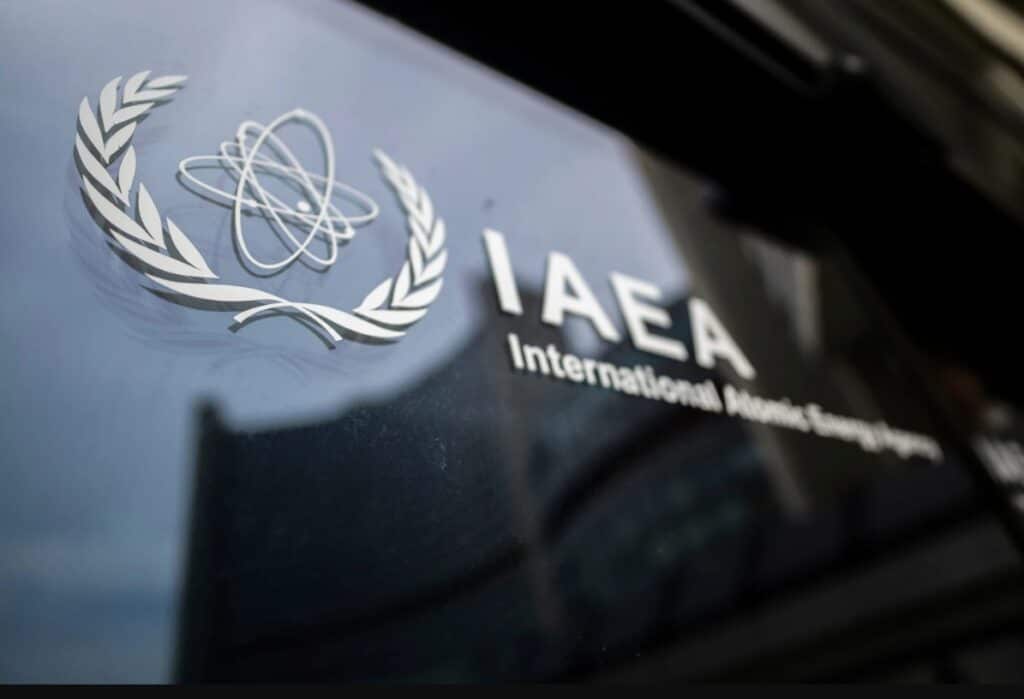UN Nuclear Watchdog Says It Hasn’t Verified Iran’s Near-Weapons-Grade Uranium for Five Months

The International Atomic Energy Agency (IAEA) says it has been unable to verify the status of Iran’s stockpile of near–weapons-grade uranium since June, when Israeli and U.S. strikes damaged several of Iran’s nuclear sites during a 12-day conflict.
According to a confidential report seen by The Associated Press, the agency has «lost continuity of knowledge» about previously declared nuclear material stored at affected facilities. The IAEA warned that the situation must be «urgently addressed,» noting that standard verification procedures are now months overdue.
The agency’s last public assessment in September found that Iran held 440.9 kilograms (972 pounds) of uranium enriched to 60% purity — just a short technical step from the 90% level needed for weapons. IAEA chief Rafael Grossi recently told AP that such a stockpile could be used to build up to 10 nuclear bombs, though he stressed that Iran has not produced an actual weapon.
Under Iran’s safeguards agreement, Tehran is required to submit a «special report» after incidents such as attacks. But the IAEA says Iran has refused to provide one, stating in a letter that any cooperation depends on the decision of its Supreme National Security Council.
Tehran has also denied inspectors access to damaged sites, though undamaged locations such as the Bushehr reactor and the Tehran Research Reactor were opened for inspections after a temporary agreement reached in September. Inspectors are now traveling to the Isfahan Nuclear Technology Center, which was hit by both Israeli and U.S. strikes during the war.
The standoff comes as Iran faces renewed U.N. sanctions imposed in September through the «snapback» mechanism, after European powers said Tehran failed to return to nuclear talks or restore full cooperation with the IAEA. The sanctions freeze Iranian assets, restrict arms transfers and target Iran’s missile program, deepening the country’s economic isolation.

